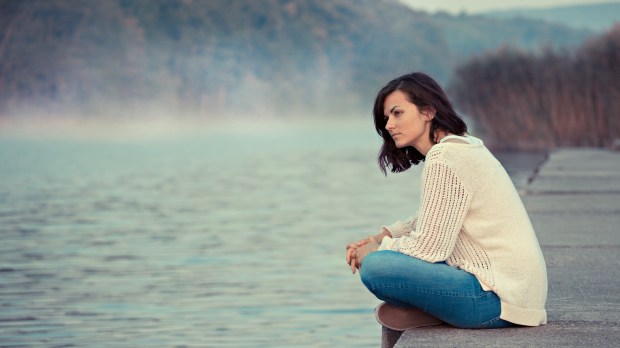The increase in religiously-unaffiliated Americans — commonly referred to as “nones” — is slowing, according to a new survey.
“The proportion of religiously unaffiliated Americans hit a high point of 26% in 2018 but has since slightly declined, to 23% in 2020,” according to The 2020 Census of American Religion, published by the Public Religion Research Institute (PRRI).
Only 16% of Americans reported being religiously unaffiliated in 2007, PRRI said. This proportion rose to 19% by 2012, and then gained roughly a percentage point each year from 2012 to 2017.
The most dramatic rise in nones, however has been among young Americans. In 1986, only 10% of those ages 18-29 identified as religiously unaffiliated, PRRI said. In 2016, that number had increased to 38%, and declined slightly in 2020, to 36%.
But among those 18-29 year-olds who are religious, they are the most religiously diverse, PRRI found. Although a majority (54%) are Christian, only 28% are white Christians (including 12% who are white mainline Protestants, 8% who are white Catholics, and 7% who are white evangelical Protestants), while 26% are Christians of color (including 9% who are Hispanic Catholics, 5% who are Hispanic Protestants, 5% who are black Protestants, 2% who are multiracial Christians, 2% who are Asian American Pacific Islander (AAPI) Christians, and 1% who are Native American Christians).
The proportion of white Christians increases proportionally as age increases, the institute said. Among those aged 30–49, 41% are white Christian, as are half of those aged 50–64 (50%) and a majority of Americans 65 and older (59%).
Other findings of the survey include:
- Seven percent of black Americans are Catholic.
- Three in four Hispanic Americans (76%) identify as Christian, and half (50%) are Catholic.
- Asian American and Pacific Islander Americans are as likely to be religiously unaffiliated (34%) as they are to be Christian (34%). The Christian subset includes one in five (20%) who are Protestant (10% evangelical, 10% non-evangelical), 10% who are Catholic.
- Six in ten Native Americans (60%) identify as Christian, mostly made up of 47% who are Protestant (28% evangelical, 19% non-evangelical). An additional 11% are Catholic.
- Both major political parties are majority Christian, with 83% of Republicans and 69% of Democrats identifying as Christian.
The biggest difference in the religious makeup of self-identified Republicans and Democrats is the proportion of white Christians compared to Christians of color and the religiously unaffiliated, the institute explained. Two-thirds of Republicans (68%) identify as white and Christian, compared to 39% of Democrats. Among Republicans, 29% are white evangelical Protestants, 22% are white mainline Protestants, and 15% are white Catholics. Among Democrats, those numbers fall to 9%, 16%, and 13%, respectively.
By contrast, 13% of Democrats are black Protestants, 10% are Hispanic Catholics, and 4% are Hispanic Protestants, compared to only 2%, 3%, and 3%, respectively, among Republicans. Nearly one in four Democrats (23%) are religiously unaffiliated, compared to 13% of Republicans.
“The religious makeup of Democrats generally resembles that of younger Americans ages 18–29, who are 27% white Christian, 26% Christian of color, 7% another religion, and 36% unaffiliated, and ages 30–49, who are 40% white Christian, 32% Christian of color, 4% another religion, and 23% unaffiliated,” PRRI said.
“The Republican breakdown is more akin to groups of Americans over age 65, who are 59% white Christian, 20% Christian of color, 4% another religion, and 14% unaffiliated. Notably, no age group is as white and Christian as Republicans.”

